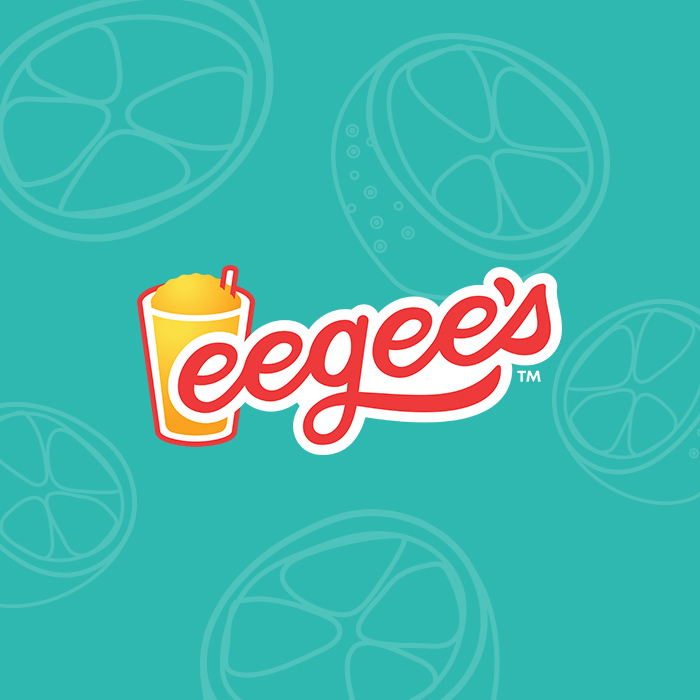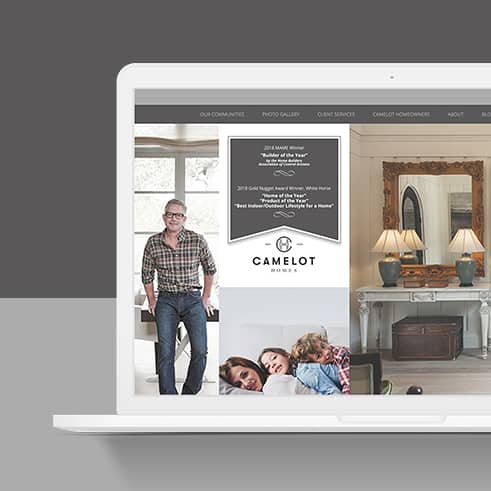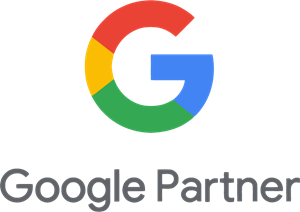What is Programmatic Advertising and How Does It Work in Digital Marketing?
September 23, 2024
Programmatic advertising has become a cornerstone of modern digital marketing, revolutionizing how advertisers reach their target audiences. This method uses technology and data to optimize ad placements in real-time, ensuring that ads are delivered to the right people, at the right time and in the right context.
What is Programmatic Advertising?
Programmatic advertising is an automated process of buying and selling digital ad space. Unlike traditional advertising, which often involves manual negotiations and direct purchases, programmatic advertising leverages technology to handle these transactions in milliseconds. This automation allows for more precise targeting and optimization, making ad campaigns more effective and efficient.
Programmatic advertising encompasses a wide range of digital channels, including display ads, video ads, social media ads and even audio ads. The process is driven by algorithms that analyze user data to determine the best placements for ads based on factors like user behavior, demographics and interests.
How Does Programmatic Advertising Work?
At its core, programmatic advertising relies on real-time bidding (RTB) to automate the process of purchasing digital ad space, known as media buys. Here’s how it works:
- Ad Impression Availability: When a user visits a website, an ad impression becomes available. This triggers a request to a supply-side platform (SSP), which manages the inventory of ad space available on publishers’ websites. Traditionally, media buys were handled through direct negotiations between advertisers and publishers, but in programmatic advertising, this process is automated, making transactions more efficient and cost-effective.
- Bidding Process: The SSP communicates with a demand-side platform (DSP), where advertisers set their targeting criteria, budget and bidding strategies. The DSP evaluates the available impression based on the advertiser’s parameters and places a bid. This process, known as ad buying, is also automated and ensures that ads are placed in front of the most relevant audience.
- Ad Placement: The highest bidder wins the auction, and its ad is instantly displayed to the user. This entire process happens in real time, often in less than a second, streamlining what was once a manual and time-consuming process.
- Optimization: Programmatic advertising platforms continuously optimize campaigns based on performance data, ensuring that ads are served to the most relevant audiences. This real-time optimization is a key advantage of programmatic advertising, as it allows for ongoing adjustments to improve the effectiveness of the campaign and maximize return on investment (ROI).
An example of programmatic advertising’s effectiveness is Nike’s campaign targeting fitness enthusiasts. By utilizing programmatic strategies, Nike was able to deliver personalized ads based on users’ online behavior, such as fitness-related searches. This precise targeting significantly boosted conversions and engagement, demonstrating how programmatic advertising can effectively reach the right audience at the right time. Nike’s success with programmatic advertising highlights its ability to deliver targeted, impactful results by optimizing ad placement and reducing wasted spend.
Benefits of Programmatic Advertising
Programmatic advertising offers several advantages over traditional advertising methods:
- Efficiency: Automation streamlines the ad buying process, reducing the time and effort required to manage campaigns.
- Precision Targeting: Advertisers can target specific audiences based on a wide range of data points, including demographics, location, behavior and interests.
- Real-Time Optimization: Campaigns can be adjusted in real-time based on performance metrics, maximizing return on investment (ROI).
- Scalability: Programmatic advertising allows advertisers to reach large audiences across multiple channels and devices.
- Cost-Effectiveness: By targeting the right audience at the right time, programmatic advertising reduces wasted ad spend.
Types of Advertisers
Programmatic advertising is leveraged by a diverse range of advertisers, from small businesses to large enterprises. These advertisers can be categorized into brand advertisers, who focus on building brand awareness; performance advertisers, who aim to drive specific actions like clicks, conversions or sales; retailers, who use programmatic strategies to promote products and drive both online and in-store sales; and agencies, which manage programmatic campaigns on behalf of clients to optimize performance and ROI.
Platforms that Support Programmatic Advertising:
- Google Display Network: Allows advertisers to reach large audiences through display ads across a vast network of websites.
- Amazon Advertising: Leverages Amazon’s extensive customer data to deliver highly targeted ad campaigns.
- Meta: Offers programmatic ad buying to reach specific user segments based on behavior and interests.
- The Trade Desk: A leading demand-side platform (DSP) that provides access to a wide range of ad inventory across various channels.
Difference Between Programmatic and Traditional Advertising
The key difference between programmatic and traditional advertising lies in the automation and data-driven approach of programmatic methods. Traditional advertising often involves manual processes, such as negotiating ad placements and scheduling campaigns. These methods can be time-consuming and less precise.
In contrast, programmatic advertising automates the buying process and leverages data to target specific audiences with greater accuracy. This not only improves the efficiency of campaigns but also enhances their effectiveness by ensuring that ads are seen by the right people.
Measuring the Success of Programmatic Advertising
Success in programmatic advertising is measured through a variety of metrics, including:
- Click-Through Rate (CTR): The percentage of users who click on an ad after seeing it.
- Conversion Rate: The percentage of users who complete a desired action, such as making a purchase or signing up for a newsletter.
- Cost Per Acquisition (CPA): The average cost of acquiring a new customer or lead.
- Return on Ad Spend (ROAS): The revenue generated for every dollar spent on advertising.
These metrics provide valuable insights into the performance of a programmatic campaign, allowing advertisers to make data-driven decisions and optimize their strategies.
Programmatic Targeting
Programmatic targeting is one of the most powerful features of programmatic advertising. Advertisers can target audiences based on various criteria, including:
- Demographics: Age, gender, income, education level, etc.
- Behavior: Online activities, such as browsing history, search queries and past purchases.
- Geography: Location-based targeting, including country, region, city or even specific zip codes.
- Contextual Targeting: Serving ads based on the content of the webpage a user is visiting.
- Device: Targeting specific devices, such as desktops, tablets or smartphones.
This level of precision ensures that ads are served to the most relevant audiences, increasing the likelihood of engagement and conversion.
The Future of Programmatic Advertising
The future of programmatic advertising looks promising, with continued advancements in technology and data analytics driving the industry forward. Key trends to watch include:
- Artificial Intelligence (AI): AI will play an increasingly important role in optimizing ad campaigns, predicting user behavior and enhancing targeting capabilities.
- Connected TV (CTV): Programmatic advertising is expanding into CTV, where ads are served on streaming platforms like Hulu and Roku.
- Privacy Regulations: As data privacy concerns grow, the industry will need to adapt to new regulations, such as the General Data Protection Regulation (GDPR).
Cost of Programmatic Advertising
The cost of programmatic advertising can vary widely depending on factors such as targeting criteria, ad format and competition. However, programmatic advertising is generally more cost-effective than traditional methods due to its precision targeting and real-time optimization. Advertisers can set their own budgets and bidding strategies, allowing for greater control over ad spend.
Programmatic advertising has transformed the digital marketing landscape, offering advertisers a more efficient, cost-effective, and data-driven way to reach their target audiences. By automating the ad-buying process and leveraging real-time data, programmatic advertising ensures that ads are delivered to the right people, at the right time and in the right context. As technology continues to evolve, programmatic advertising will undoubtedly play an even more significant role in shaping the future of digital marketing.
Want to explore how programmatic advertising can elevate your brand’s visibility and drive targeted results? Contact Commit Agency and let’s start optimizing your ad strategy today!




























